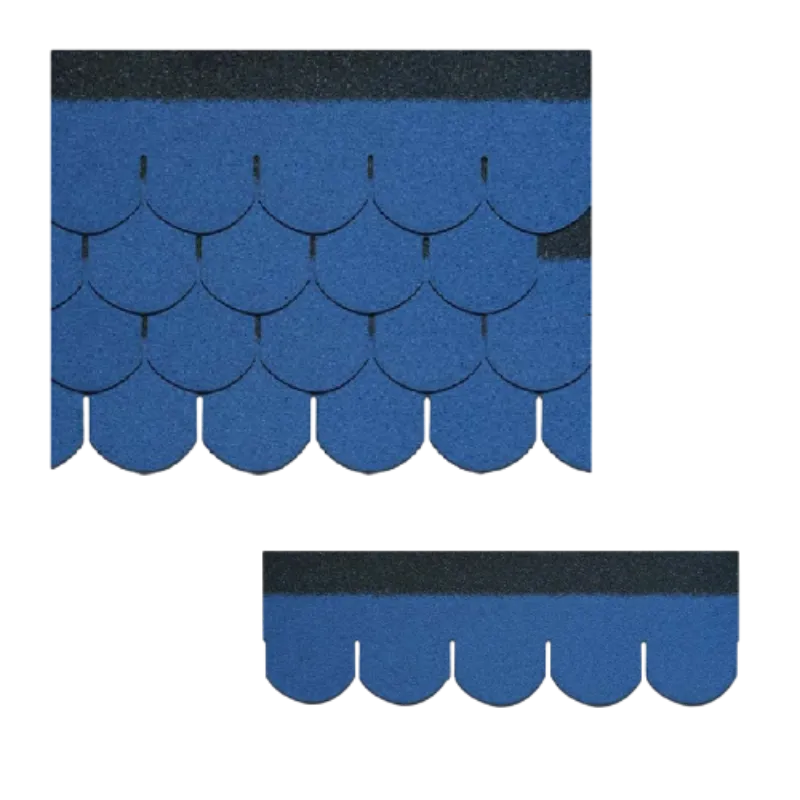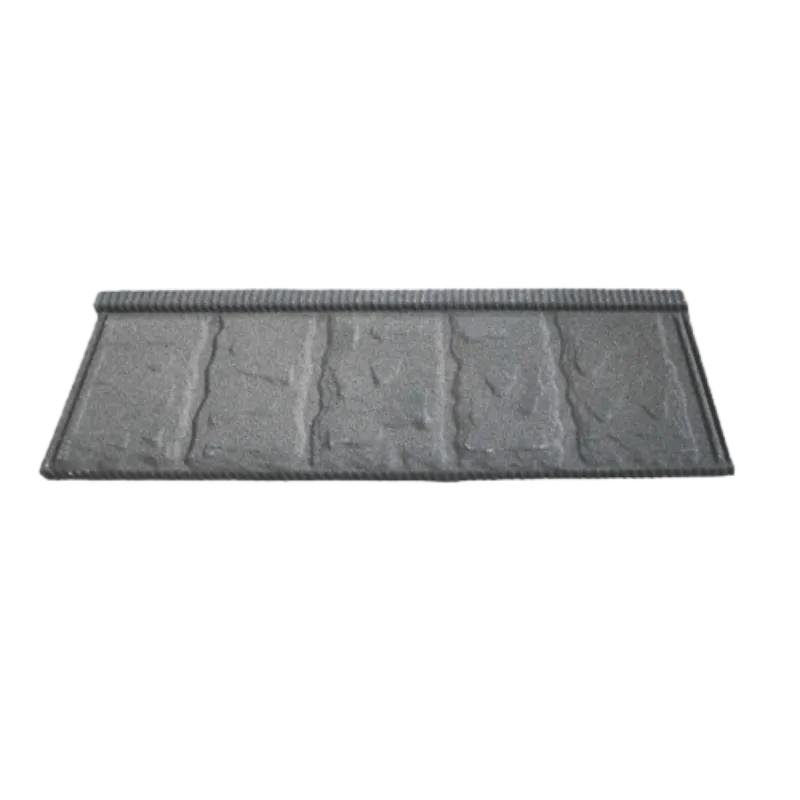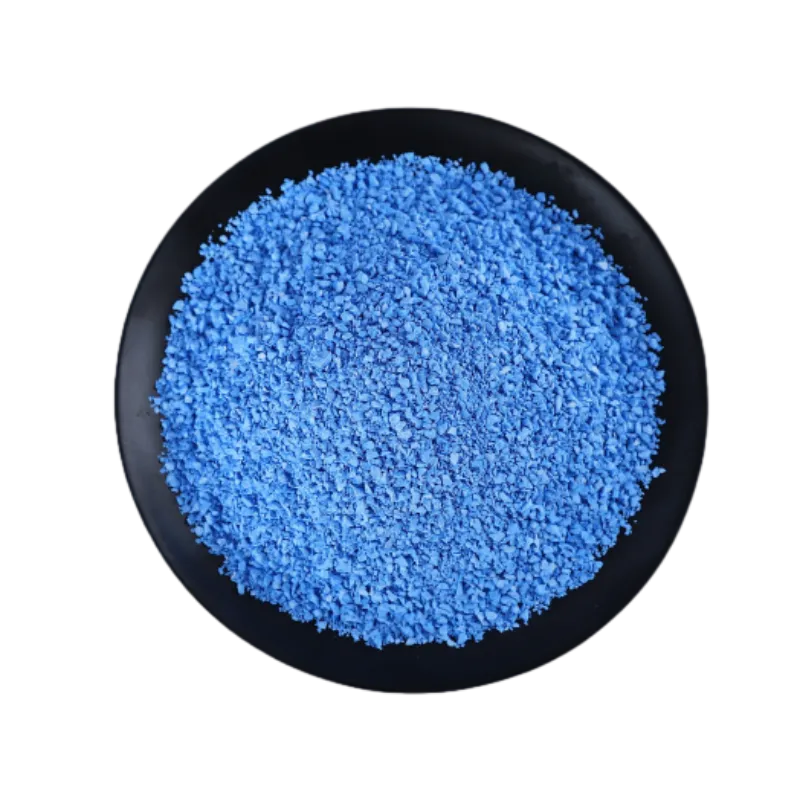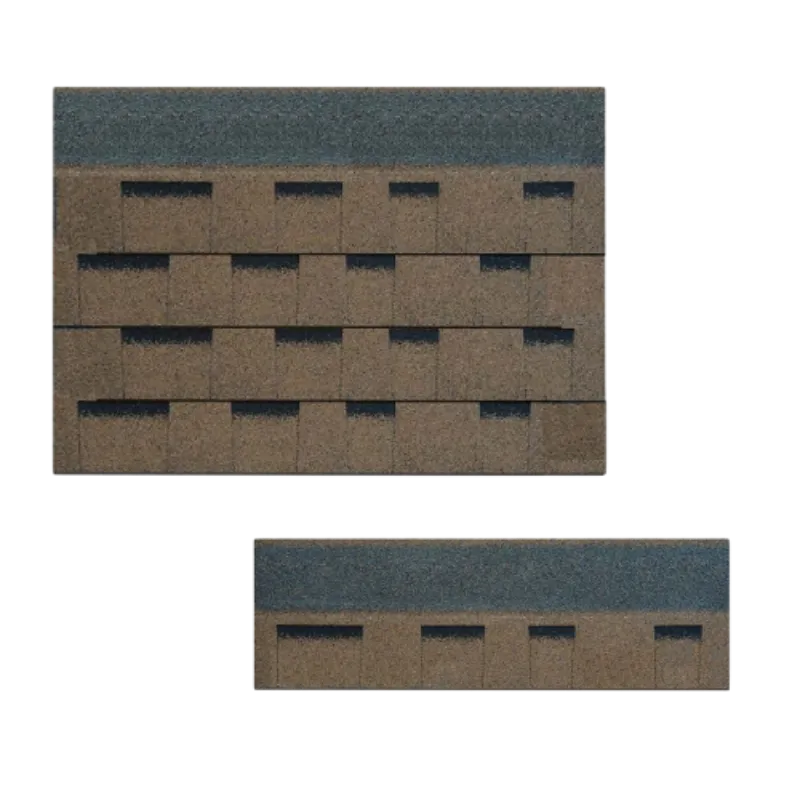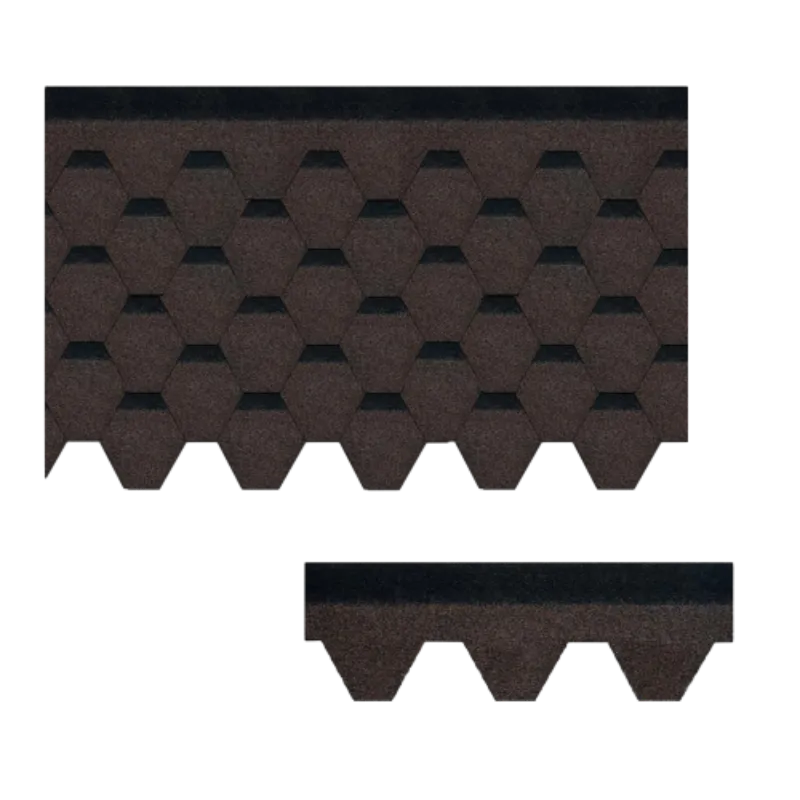
Nov . 23, 2025 21:30 Back to list
Red Clay Roof Tiles: Durable, Sustainable & Stylish Roofing Solutions
What Are Red Clay Roof Tiles and Why Do They Matter Globally?
Red clay roof tiles have adorned homes, temples, and buildings for centuries, bridging ancient craftsmanship with modern construction needs. But beyond their classic charm, these tiles hold deeper global importance—especially now. As climates shift and sustainable building practices gain urgency, understanding the value of red clay roof tiles becomes more than an architectural curiosity. They’re durable, locally sourced in many regions, and offer natural insulation, which collectively helps mitigate energy costs worldwide and enhances disaster resilience.
Think about it: the red clay roof tiles you see on Mediterranean villas are not just about style. They’re part of a larger global conversation about affordable, eco-conscious roofing. And as cities expand rapidly, especially in emerging economies, roofing materials that balance cost, performance, and sustainability are increasingly in demand.
Mini takeaway: Red clay roof tiles aren’t just traditional roofing—they're pivotal in sustainable building, energy efficiency, and disaster resilience worldwide.
Introduction: The Global Context of Red Clay Roof Tiles
Globally, roofing demands are rising. According to the United Nations’ Human Settlements Programme, over half the world’s population now lives in urban settings, where roofing choices directly impact energy use and urban heat islands. What complicates this further is the pressing need to reduce carbon footprints in the construction industry, which accounts for roughly 38% of global CO2 emissions, per the International Energy Agency (IEA).
In that tough balancing act, red clay roof tiles pop up as an obvious yet underappreciated solution. They’re produced with locally mined clay—far less energy-intensive than synthetic materials—and their distinctive red color isn’t just aesthetic; it stems from iron oxide content, offering durability against weather elements.
However, challenges like transportation logistics, variations in quality standards, and cost perception still limit broader adoption internationally. By understanding how these tiles perform and what benefits they offer, industry stakeholders can better harness their potential for future-ready buildings.
Definition & Meaning of Red Clay Roof Tiles
Simply put, red clay roof tiles are fired ceramic tiles made predominantly from locally sourced red clay—a natural earth material enriched with iron oxide giving them their signature reddish hue. This familiar roofing material dates back thousands of years and remains valued for its strength, longevity, and thermal properties.
In today’s industry, these tiles support sustainable architecture goals while meeting humanitarian needs, especially in areas vulnerable to natural disasters. Unlike asphalt shingles, which can degrade faster or synthetic tiles requiring large carbon inputs, red clay tiles offer a natural, biodegradable option with inherent fire and weather resistance.
Core Components and Key Factors of Red Clay Roof Tiles
Durability and Weather Resistance
Many engineers note these tiles last 50+ years with minimal maintenance. Their firing process hardens the clay into a dense, water-resistant form, making them ideal for rainy or windy climates. This longevity means fewer replacements, thus reduced waste over decades.
Thermal Performance
Red clay tiles naturally regulate indoor temperatures. Thanks to their thickness and composition, they absorb heat during the day and slowly release it at night, cutting cooling costs—a welcome bonus in hot regions.
Eco-Friendliness and Sustainability
Made from natural clay and often produced locally, these tiles reduce the material’s carbon footprint during transport and manufacturing. Plus, after their long lifespan, broken tiles are biodegradable or recyclable.
Cost Efficiency
While the upfront cost might be higher than basic alternatives, the low maintenance and lifespan make red clay tiles a cost-savvy choice over time. Certain regional cost factors can vary — for instance, in the Mediterranean, local craftsmanship reduces installation costs.
Aesthetic Appeal
The distinct vivid red and various profiles—from flat to curved designs—allow architects and homeowners to achieve a timeless yet functional look.
Mini takeaway: Their durability, energy efficiency, and eco-friendly nature combine to make red clay roof tiles a smart roofing choice for many climates.
Practical Applications Around the World
The versatility of red clay roof tiles becomes apparent looking at where they flourish:
- Mediterranean & Latin America: Traditional homes and heritage conservation projects rely heavily on these tiles for authenticity and resilience.
- Asia & South Pacific: Post-disaster areas use modular homes with clay tiles to rebuild sustainably after storms and earthquakes.
- Developing regions: NGOs choose red clay tiles for durable roofing in affordable housing projects because they are locally sourced and intuitive to install.
- Modern eco-conscious developments: Integrating solar roofing with clay tiles creates a blend of traditional style and green energy tech.
For example, after the 2015 Nepal earthquake, several recovery projects prioritized red clay tiled roofing due to its ecological fit and straightforward installation, which sped up reconstruction significantly.
Advantages & The Long-Term Value of Choosing Red Clay Tiles
Frankly, choosing red clay roof tiles goes beyond pure economics:
- Cost savings: Reduced cooling bills and rare need for replacements mean real savings over 30-50 years.
- Environmental impact: Lower CO2 emissions during production and end-of-life biodegradable quality.
- Social uplift: Local tile production stimulates smaller economies and preserves artisanal skills.
- Reliability and safety: Their fire resistance and resistance to harsh weather contribute to occupant safety and peace of mind.
All in all, it’s those little margins of safety, sustainability, and style that make red clay roof tiles such an enduring choice.
Emerging Trends & Innovations
While the basics haven’t changed much for centuries, modern innovations are enhancing red clay tiles:
- Solar-integrated clay tiles: New hybrids embed thin-film solar cells under or within tiles to marry tradition with renewable energy.
- Digital manufacturing: Automation and 3D printing are being tested to customize tile shapes faster, reducing waste.
- Treated coated surfaces: Innovative coatings improve dirt and moss resistance, minimizing maintenance.
- Policy-driven incentives: Governments worldwide offer tax credits or grants for sustainable roofing, encouraging clay tile adoption.
It’s an exciting era where centuries-old materials meet 21st-century tech.
Common Challenges and How to Overcome Them
Of course, no solution is without snags:
- Weight considerations: Clay tiles are heavier than many alternatives, requiring strong roof structures.
- Fragility during installation: Rough handling can break tiles, adding to costs.
- Cost perception: Higher upfront expenses deter some buyers.
How to handle these? Experts recommend enhanced structural planning from the start, careful installation training, and communicating long-term ROI clearly. Plus, modular pre-made tile bundles help installers reduce breakage and speed up jobs.
Product Specification Table: Typical Characteristics of Red Clay Roof Tiles
| Property | Specification |
|---|---|
| Material | Fired red clay with iron oxide |
| Weight | ~3.5 - 4.5 kg per tile |
| Dimensions | Approx. 420mm x 330mm x 15mm |
| Thermal Conductivity | ~1.3 W/m·K |
| Fire Resistance | Class A (non-combustible) |
| Lifespan | 50+ years |
Vendor Comparison: Leading Suppliers of Red Clay Roof Tiles
| Vendor | Product Range | Price Range (per tile) | Sustainability Features | Global Reach |
|---|---|---|---|---|
| ClayWorks | Traditional & Modern Profiles | $2.50 - $4.50 | Locally sourced clay, low emissions firing tech | Europe, N. America, Asia |
| EcoTile Co. | Solar-ready and coated options | $3.75 - $6.00 | Recyclable, solar integration, water repellent | Global (focus on green buildings) |
| Heritage Tiles Ltd. | Authentic heritage-style tiles | $4.00 - $7.00 | Traditional craftsmanship, natural materials | Europe, Australia |
Frequently Asked Questions About Red Clay Roof Tiles
Q1: How do red clay roof tiles improve energy efficiency in homes?
A1: Red clay roof tiles have natural thermal mass that absorbs heat during the day and releases it slowly at night, helping regulate indoor temperatures. This reduces the demand for air conditioning, lowering energy consumption and costs—especially in hot climates.
Q2: Are red clay roof tiles suitable for regions with heavy rainfall?
A2: Yes, when properly installed, red clay roof tiles are highly water-resistant due to their firing process. Their overlapping design prevents water infiltration, making them effective against heavy rains and helping protect the structure underneath.
Q3: Can red clay roof tiles be used in seismic zones or disaster-prone areas?
A3: While durable, these tiles are heavy and require strong roof framing to withstand seismic activity. In disaster-prone zones, combining clay tiles with reinforced structures increases safety and longevity.
Q4: How eco-friendly are red clay roof tiles compared to synthetic roofing?
A4: Red clay tiles are made from natural, abundant earth materials and have lower carbon emissions during manufacturing versus synthetic options. They also have long lifespans and end-of-life biodegradability, enhancing their environmental profile.
Q5: What maintenance do red clay roof tiles require?
A5: Maintenance is generally low but includes checking for broken tiles after storms and occasional moss or debris removal. New coating technologies are further reducing even these minimal efforts.
Conclusion: Why Red Clay Roof Tiles Continue to Stand the Test of Time
So, considering everything—economics, durability, sustainability, and style—red clay roof tiles remain a roofing material worth serious consideration in today’s shifting landscape. Their natural origins and proven performance create real long-term value. If you’re looking for roofing that’s not only functional but also tells a story of cultural heritage and environmental responsibility, red clay roof tiles fit the bill quite nicely.
If this article sparked your interest or you’re ready to explore red clay roof tiles for your next project, do visit https://www.coolroofmaterials.com for detailed offerings and expert advice.
Happy roofing – sometimes the oldest solutions are still the best ones.
References
-
Black Clay Tile: Durable, Sustainable Roofing for Modern Needs
NewsNov.24,2025
-
Durable and Sustainable Ceramic Roofs: A Global Perspective on Design & Innovation
NewsNov.23,2025
-
Synthetic Clay Tile Roof – Durable, Eco-Friendly Roofing Solutions for Modern Buildings
NewsNov.22,2025
-
Expert Guide to Terracotta Tile Roof Restoration - Sustainable Preservation & Repair
NewsNov.21,2025
-
Planum Roof Tiles – Durable, Sustainable Flat Roofing Solutions for Global Needs
NewsNov.20,2025


